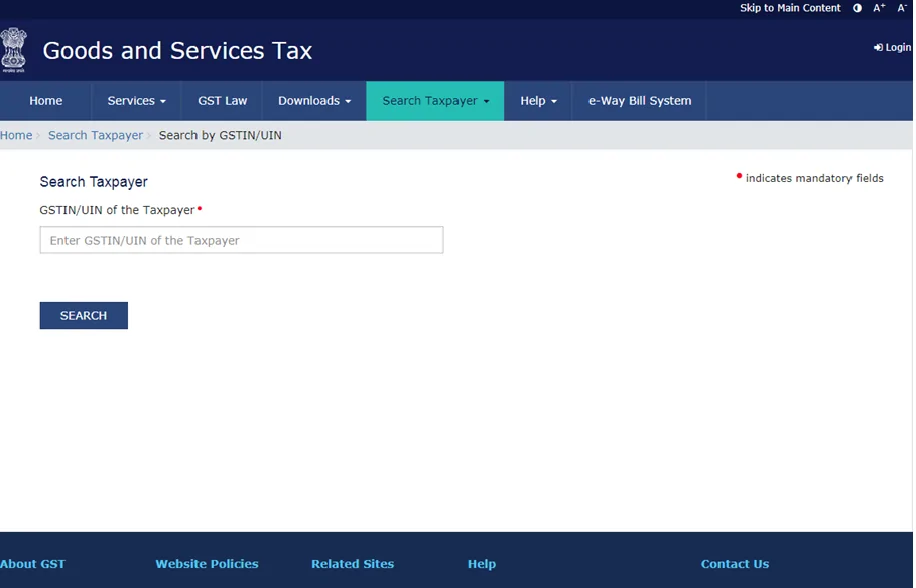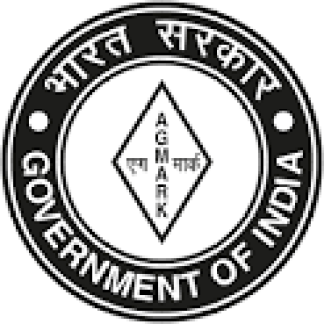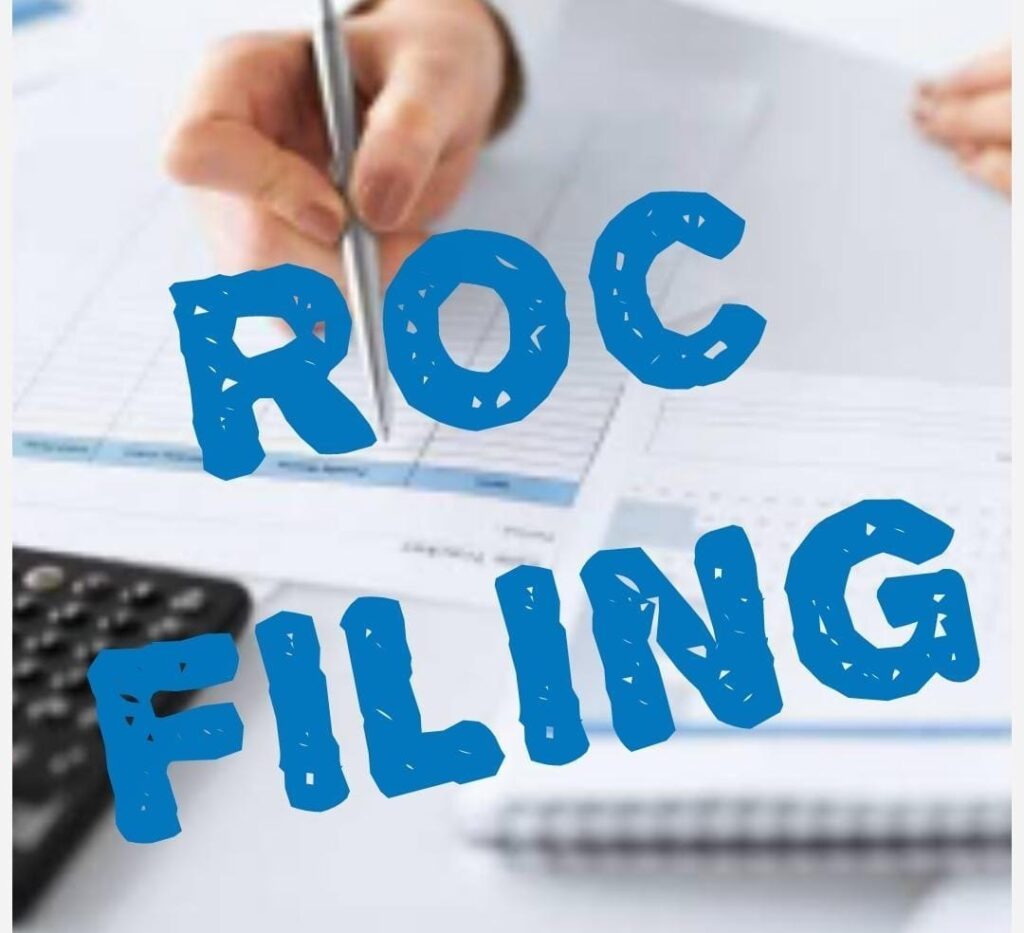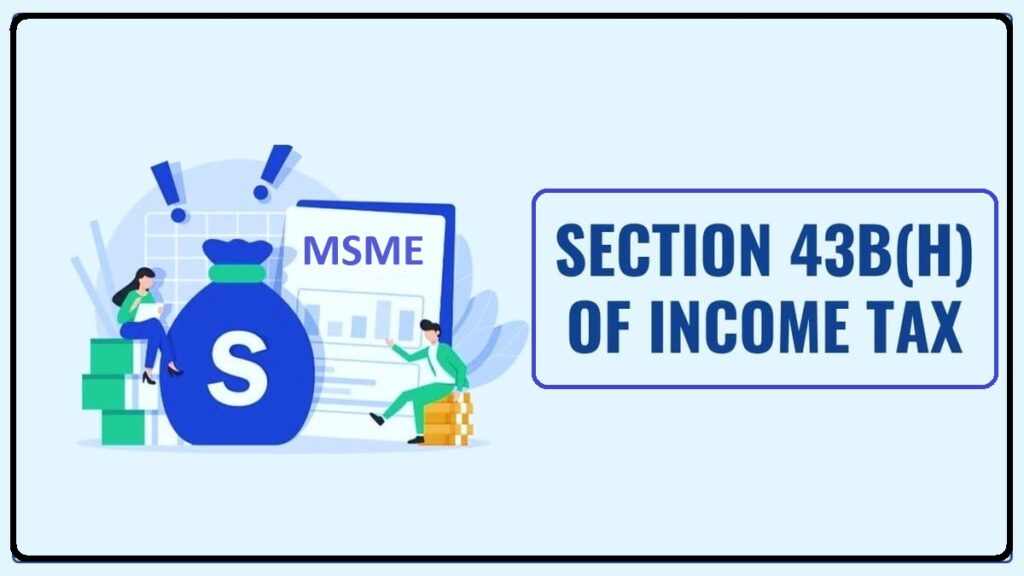In India, legal metrology is the New name of Standards of Weights and Measures. The Standard of Weights and Measures Act,1976 was enacted primarily to establish standards of weights and measures, to regulate trade or commerce in weights, measures and other goods that are sold or distributed by weight, measure or number. It is based on the metric system and international system of units recognized by OIML–International Organization of legal metrology. India is one of the members of OIML. This Act was subsequently replaced by the Legal Metrology Act, 2009 with the aim of protecting consumer interests and other stakeholders including industry. Regulatory Requirements relating to Food Businesses The Legal Metrology (Packaged Commodities)Rules ,2011were prescribed in order to regulate pre-packaged commodities. Under the said rules, pre-packaged commodities are required to comply with certain mandatory labeling requirements w.r.t net quantity, MRP and Customer care information. With view to encourage ease of business operations, amendments in packaged commodity rules have been notified in 2017, harmonizing the labeling provisions w.r.t Food products with the Regulations as laid down under the Food Safety & Standard Regulations (FSSR) 2017. Legal Metrology Act 2009 – An overview In today’s complex marketplace, ensuring fair trade practices and protecting consumer rights are vital elements for any thriving economy. In India, the Legal Metrology Act of 2009 stands as a crucial legislation that aims to establish transparency, accuracy, and uniformity in weights, measures, and packaging of goods. The Act, along with its subsequent rules and regulations, creates a strong framework to safeguard the interests of consumers and promote equitable business practices. This article provides an insightful overview of the Legal Metrology Act 2009 in India, highlighting its key objectives, administration, provisions, penalties, and appeal. The Legal Metrology Act, 2009 (hereinafter referred as Act) replaced the Standards of Weights and Measures Act, 1976, and the Standard Weights and Measures (Enforcement) Act, 1985. The Act contains five chapters and 57 Sections, stipulating that the base units of weights and measures specified in the Act shall be standard units of weights and measures throughout India. The Weights and Measures Unit of Legal Metrology is a division managed under the Ministry of Consumer Affairs, Food, and Public Distribution’s Department of Consumer Affairs, Government of India. In India the authority and duty to maintain weights and measures rules, regulations and proper implementation of weights and measures lies on both, the Centre and the States. Matters of National Policy and other related functions such as, uniform laws on weights and measures, technical regulations, training, precision laboratory facilities and implementation of the International Recommendation are the concern of the Central Government. In addition, it has to guide, coordinate and supervise the enforcement activities of the state enforcement machinery. The State Governments and Union Territory Administration are responsible for the day to day enforcement of the laws. Administrative Roles The Directorate of Legal Metrology in each state is in charge of enforcing the Legal Metrology Act. The Directorate is essentially a three-tier organisation comprised of the Inspector of Legal Metrology at the field level, Assistant Controllers of Legal Metrology at the district level, and the Controller of Legal Metrology with four Deputy Controllers sitting at the state level. Penalties Offences relating to weights and measures are punished with fine or imprisonment or with both depending on the offence committed. Here are few common illegal activities and their penalties implied: Altering the weights and measures of the products is punished with a fine extending up to Rs 50,000. On the second or subsequent offence, imprisonment for a term not less than 6 months, extending up to 1 year or with fine or both. [Section 26] Manufacturing or sale of non-standard weights or measures is punished with fine up to Rs 20,000 or imprisonment extending up to 3 years on second or subsequent offence or both. [Section 27] Demanding or receiving any article or thing on service that is in excess or less than the quantity specified by contract or agreement is punished with a fine extending up to Rs 10,000. On second or subsequent offence, imprisonment extending up to 1 year or with fine or both. [Section 30] Sale or delivery of commodities, etc. by non-standard weight or measure is punished with a fine not less than Rs 2000 extending up to Rs 5000. On second or subsequent offence, imprisonment for term not less than 3 months extending up to 1 year, or with fine, or both. [Section 34] Selling, etc., of non-standard packages is punished with a fine up to Rs 25,000. On second offence extending up to Rs 50,000, for subsequent offence, with fine not less than Rs 50,000 extending up to Rs 1,00,000 or with imprisonment for a term extending to 1 year or with both. [Section 36 (1)] Manufacturing or packing or importing with error in net quantity is punished with imprisonment for a term extending up to 1 year or with fine extending up to Rs 10,000 or both. [Section 36(2)] Sale of any commodity in packed form at a price exceeding the Maximum Retail Price is punished with fine up to Rs 2,000 [Rule 32(2) of Legal Metrology (Packaged Commodities) Rules, 2011] Destroy or erase to alter the MRP indicated by the manufacturer or packer or importer is punished with a fine of Rs 2,000. [Rule 32(2) of Legal Metrology (Packaged Commodities) Rules, 2011] What Are Pre-Packaged Commodities for Legal Metrology Registration? LMPC basically applies to the pre-packaged commodities and weights and measurements in India. Pre-packaged commodities include all those commodities that are packaged before becoming commercially available. In simpler terms, it includes all those commodities that are packed in the absence of the consumers. Therefore, the contents in the package are pre-determined. Following are some of the commodities and products covered under the legal metrology law: Cooking Oil Detergent Powders and Milk Soaps Mineral and Drinking Water Suji, Rawa, Wheat Flour, Rice Flour Coffee and Tea Biscuits, Baby Food, Bread Cement in Bags Enamels, Varnish, Paint Soft Drinks and Non-Alcoholic Beverages How to Apply for








